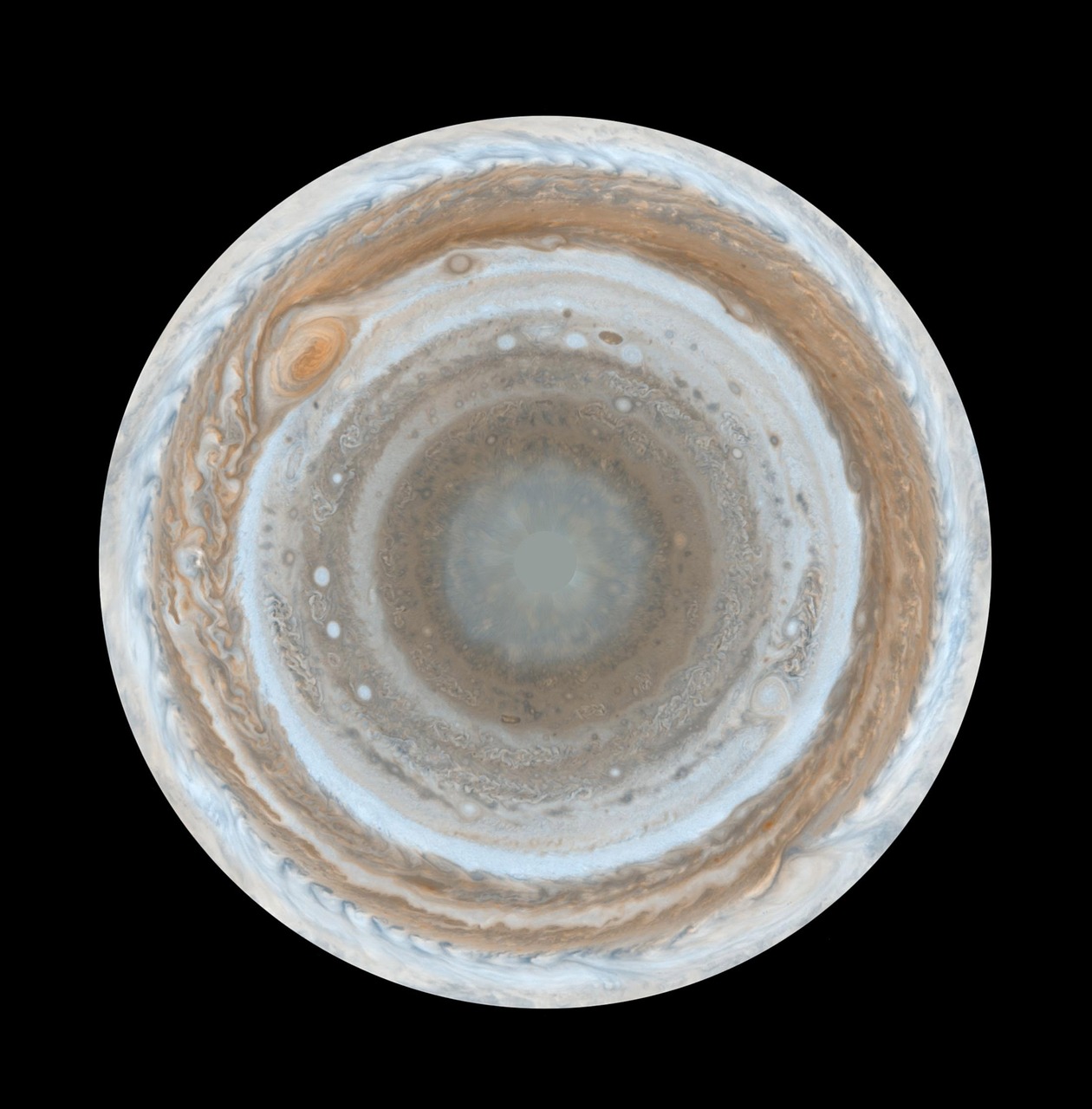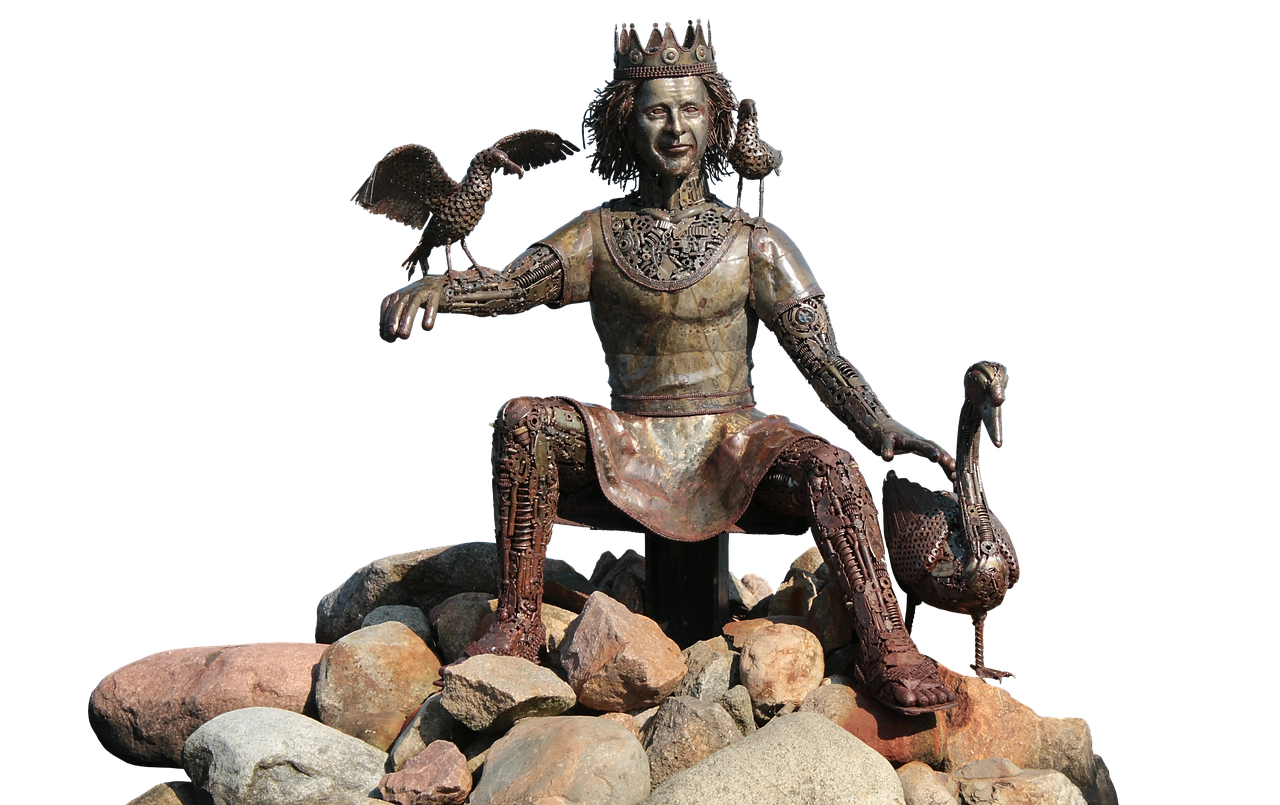Author: Erlang Shen
-
The Morrigan: An Exploration of Ireland’s Multifaceted Goddess The mystique surrounding the Morrigan is woven through a rich array of myths and symbols, establishing her as a formidable figure within Irish mythology. As we delve into her complex symbolism and explore the narratives that shape her identity, we embark on a journey toward understanding the…
-
Greek mythology comprises a rich tapestry of stories about deities, heroes, and ancient rituals that shaped the beliefs and practices of the ancient Greeks. While the notion that these myths were entirely factual was prevalent among many people, critical thinkers like Plato in the 5th–4th centuries BCE acknowledged their fictional elements. These myths have left…
-
Standing on a frozen lake just above the Arctic Circle, you might experience the stillness interrupted only by a mild breeze rustling the pine trees in the nearby forest. Before you lays an extensive and flat area of ice blanketed in snow, stretching far into the horizon until it’s met by the dark, chaotic outline…
-
Neptune, the Roman deity governing the sea, parallels the Greek god Poseidon. Initially venerated as a freshwater god, he later became associated with Poseidon early in Rome’s history. He resides in a magnificent palace beneath the ocean’s surface, presiding over divine beings linked to the sea, including nymphs and various aquatic creatures. As the offspring…
-
In Scotland, if you happen upon a notably large bird, it may be a heron or a capercaillie, both prominent species in the nation’s vibrant wildlife. However, it might also be the elusive Boobrie. The Boobrie is a legendary creature originating from the lochs along Scotland’s western shores. Its name is believed to derive from…
-
The tale of legendary heroes in mythology has captivated audiences for centuries. In Britain, the figure of King Arthur is renowned, awaiting the moment when he is most needed. In Ireland, this role is filled by Fionn mac Cumhaill, a hero steeped in folklore, also in a state of eternal slumber until his people summon…
-
Maxfield Parrish embarked on his artistic journey at the age of 25, initially working as an illustrator, where he was responsible for magazine covers, advertisements, posters, and various book illustrations. By 1917, he had already established himself as a prominent commercial artist when he was commissioned by General Electric to create a series of illustrations…
-
The Mighty Jupiter: King of the Roman Gods Jupiter, known as the god of sky and thunder, is significant in Roman mythology. He is the equivalent of the Greek god Zeus and is sometimes referred to as Jove. Being the chief deity, his influence extends to various aspects of Roman culture and religion. Jupiter is…
-
In the ancient Greek civilization, myths served as a vital means of documenting history and legitimizing political initiatives. While today’s understanding often equates “myth” with “fiction,” in the past, myths represented an alternative version of reality. The elevation of Theseus to the status of Athens’ national hero is evident in the development of his portrayals…
-
Minerva: The Roman Goddess of Wisdom and Artistry Overview Minerva stands out as one of the most esteemed deities in Roman mythology, recognized for her immense wisdom, intellectual prowess, and artistic inspiration. Positioned among the divine elite, she was revered not only for her keen understanding and foresight but also for her military acumen, symbolizing…







